Meet Kelwin Coleman | Printmaker/ Artist
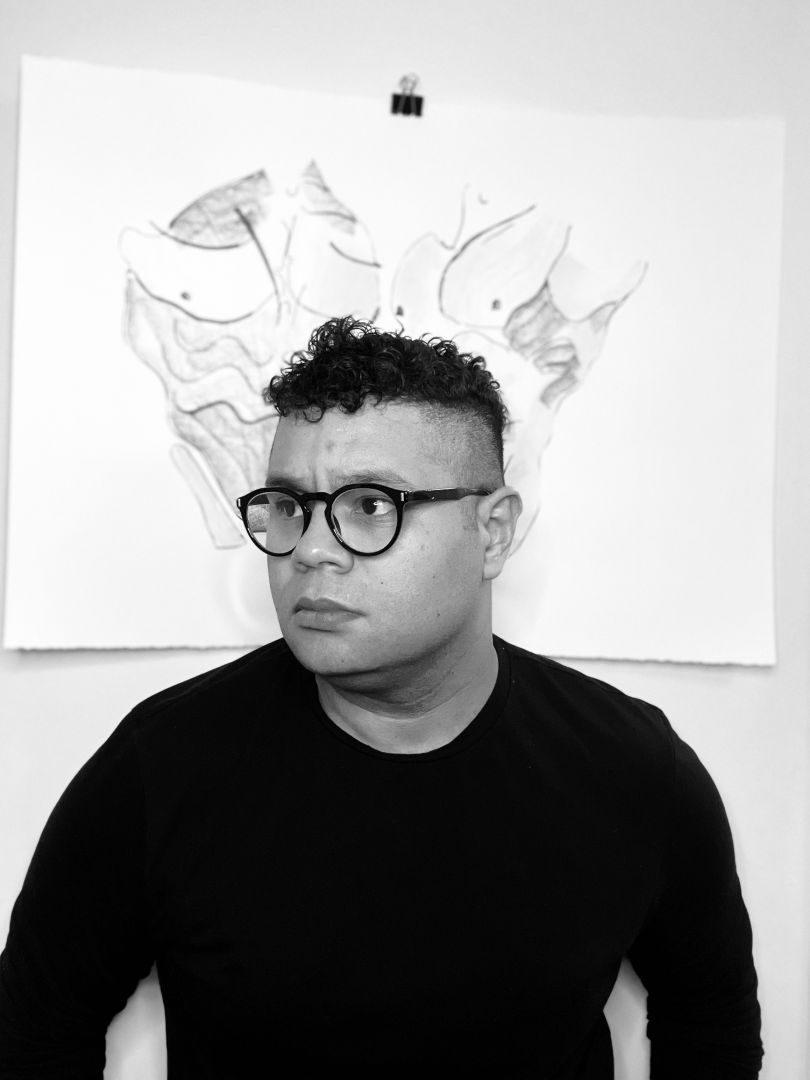

We had the good fortune of connecting with Kelwin Coleman and we’ve shared our conversation below.
Hi Kelwin, we’d love to hear about how you approach risk and risk-taking
I think of risk as something that accrues in consistency; as opposed to something that should be avoided. For my practice, the biggest risk I’ve taken is by not letting external expectations or pre-existing standards dictate how I make and relate to art. We have responsibilities to our community to innovate and critique injustice but not at the expense of our own sensationalism and pop culture consumption. True risk comes from the understanding of how much of your own personal experience is relevant to larger conversations; and not getting your feelings hurt when you find out that it might not be that much.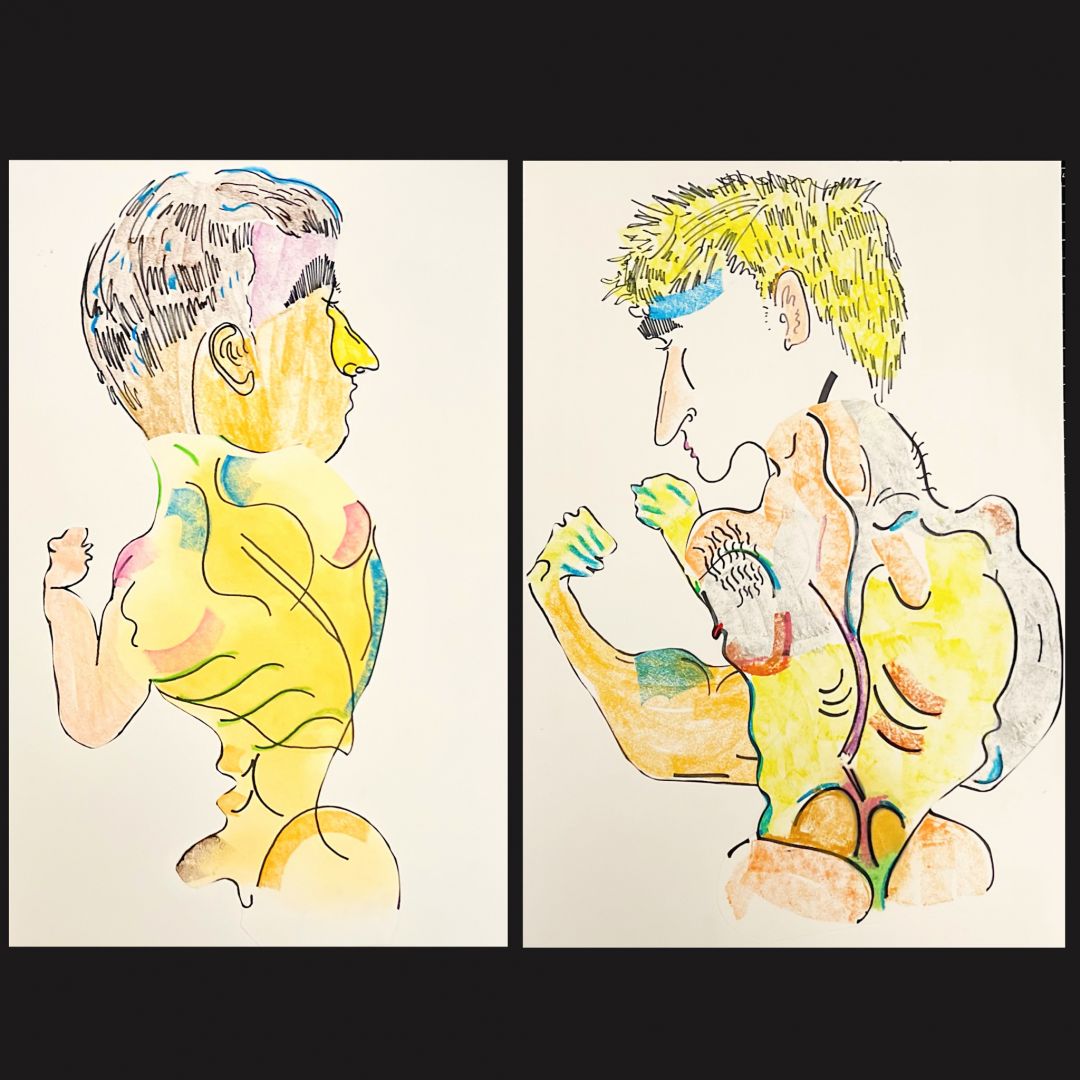
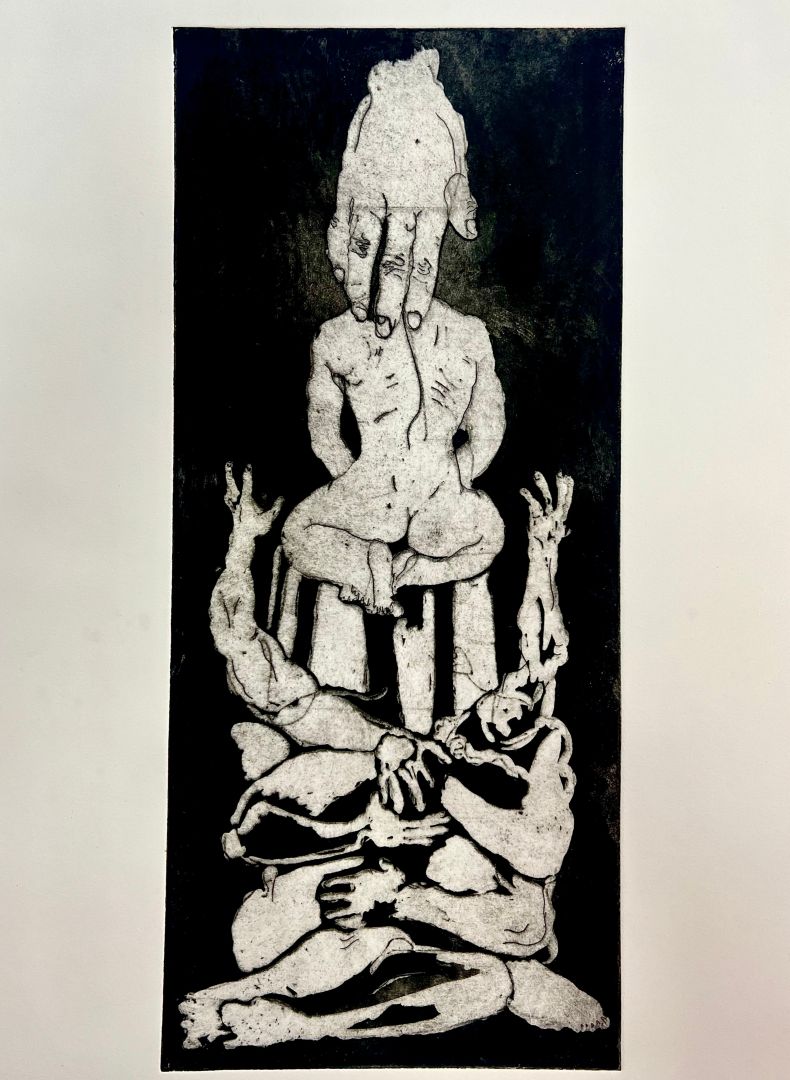
Alright, so let’s move onto what keeps you busy professionally?
My work focuses on masculine and feminine stereotypes and non-traditional dichotomous relationships to the body in abstracted portraiture. I often find my work to be received as “a gay artist making gay art”; but it’s more conceptual than that. I think of the human figure as more than just a gendered, eroticized, and pigmented object. The first time I ever thought of the body in abstraction was when I saw Eva Hesse’s piece, Contingent (1969). Large rectangular long swaths of glowing amber latex skin, fiberglass and heavy cheese cloths suspended from the ceiling looked like people to me. Those bodies were organic architectural structures renewed and destroyed within each breath. It was beautiful. From then on, I applied this visual metaphor to everything. I thought of parental figures as landmarks and lovers as vacant landscapes.
As a curator I can easily direct the viewer to make connections and associations from piece to piece, or from artist to artist; but as an artist the challenge becomes harder. You begin to worry about the work being too literal or not obvious enough. Anxieties of being understood or questions on relatability begin to cloud your judgment and influence your work. I spend a lot of time wondering what is the worth of competing against image based social media apps that desensitize viewers from really looking longer at art? These types of challenges were only defeated by continuing to work. With art, there’s every kind of hurdle, from going into the studio and making work to finalizing last minute details of an exhibit. Resolve and commitment lessens the stings of everyday anxieties.
Currently I’m working on a releasing a series of work called ‘The Menagerie’.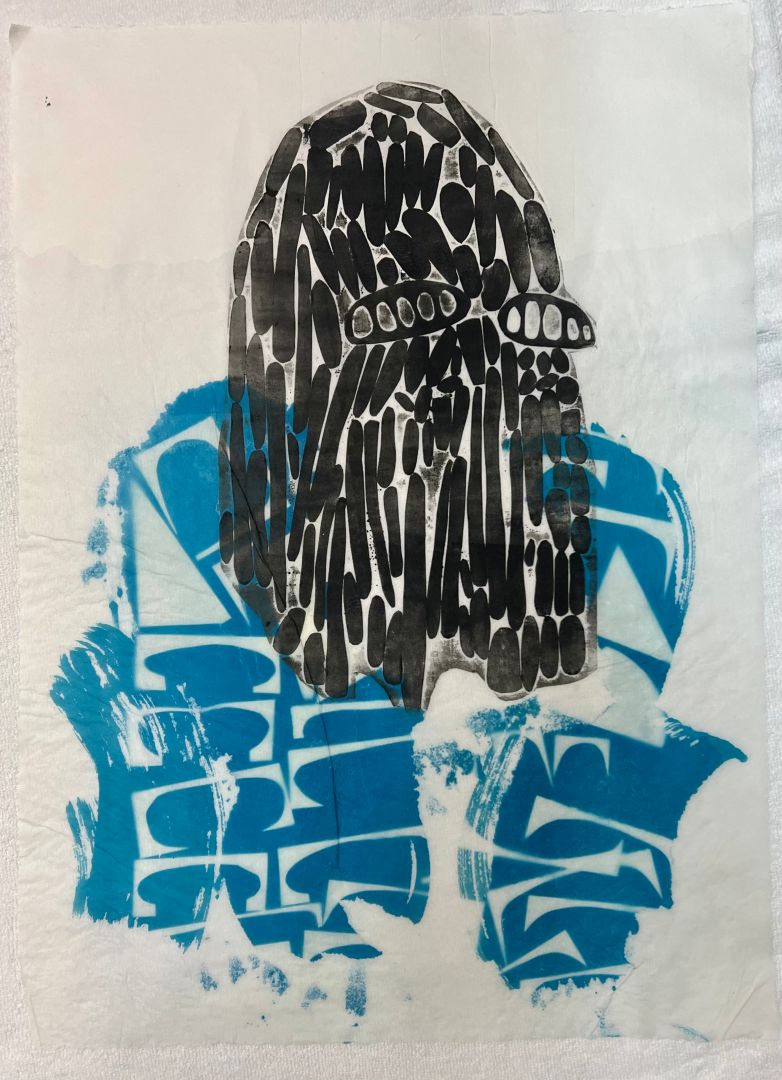
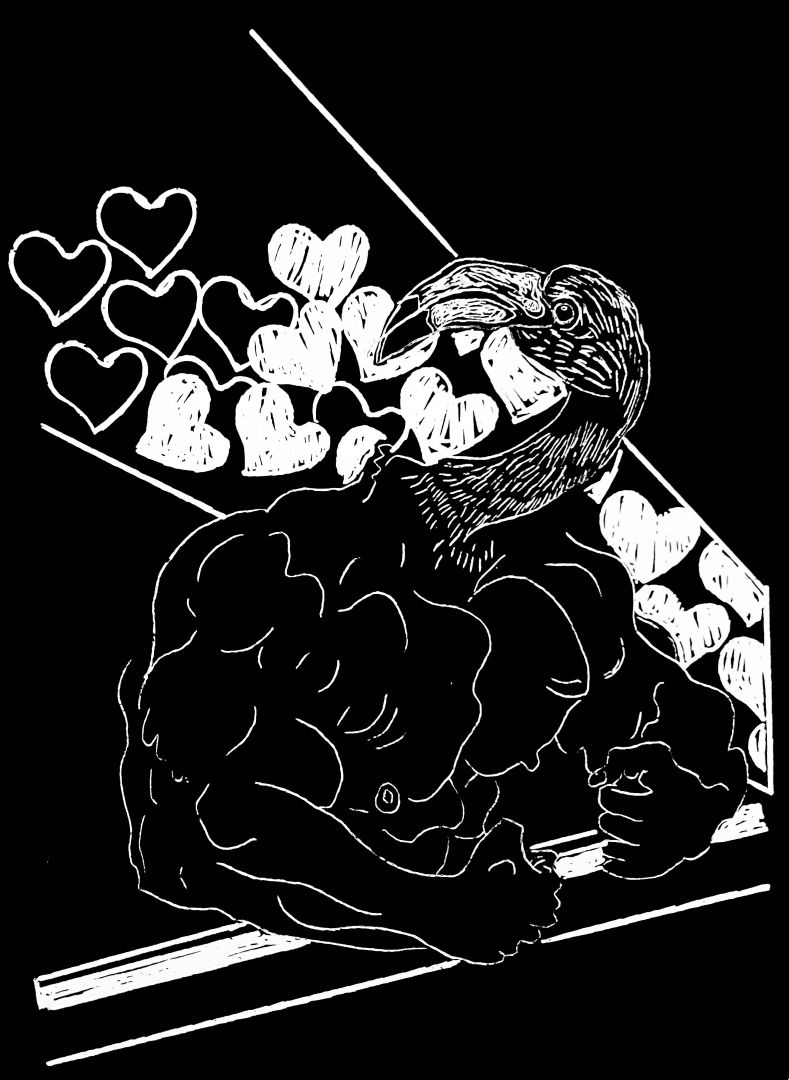
Let’s say your best friend was visiting the area and you wanted to show them the best time ever. Where would you take them? Give us a little itinerary – say it was a week long trip, where would you eat, drink, visit, hang out, etc.
Being a New Yorker and living in New Orleans, I like to give my guests their keys and tell them to adventure. Personally I hate feeling like a tourist and always prefer to do the local things instead. This both alleviates the strain on my host and allows me to discover cities and sometimes surprise my host with new venues they would have never tried or haven’t gotten to yet.
When you have a large social network, going to the same landmark, bar, restaurant over and over again can be overwhelming. Don’t get me wrong, I love hosting friends. My favorite place to bring out of towners to is my dinner table. There is as much connection, pageantry and fun as you can bring to it. I’m a big fan of travel etiquette and that number rule to remember: Not everyone is on vacation.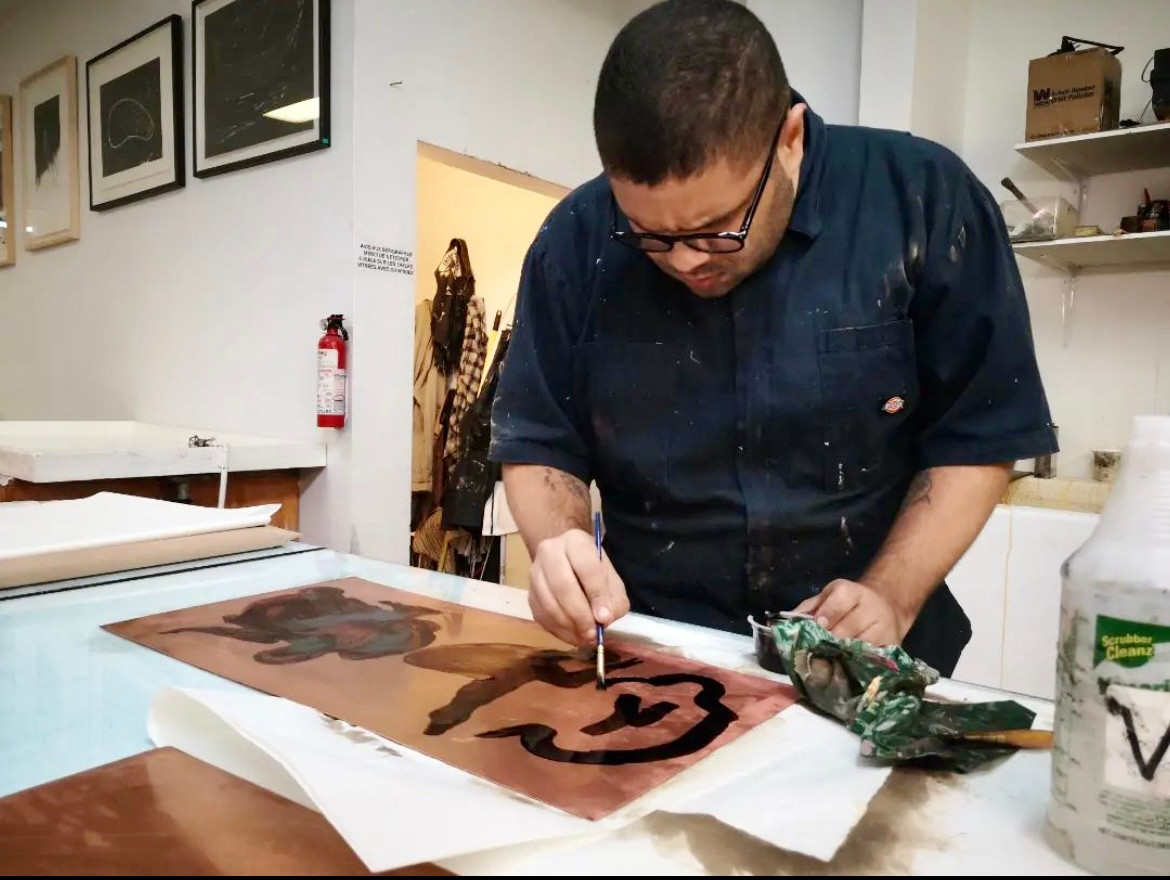
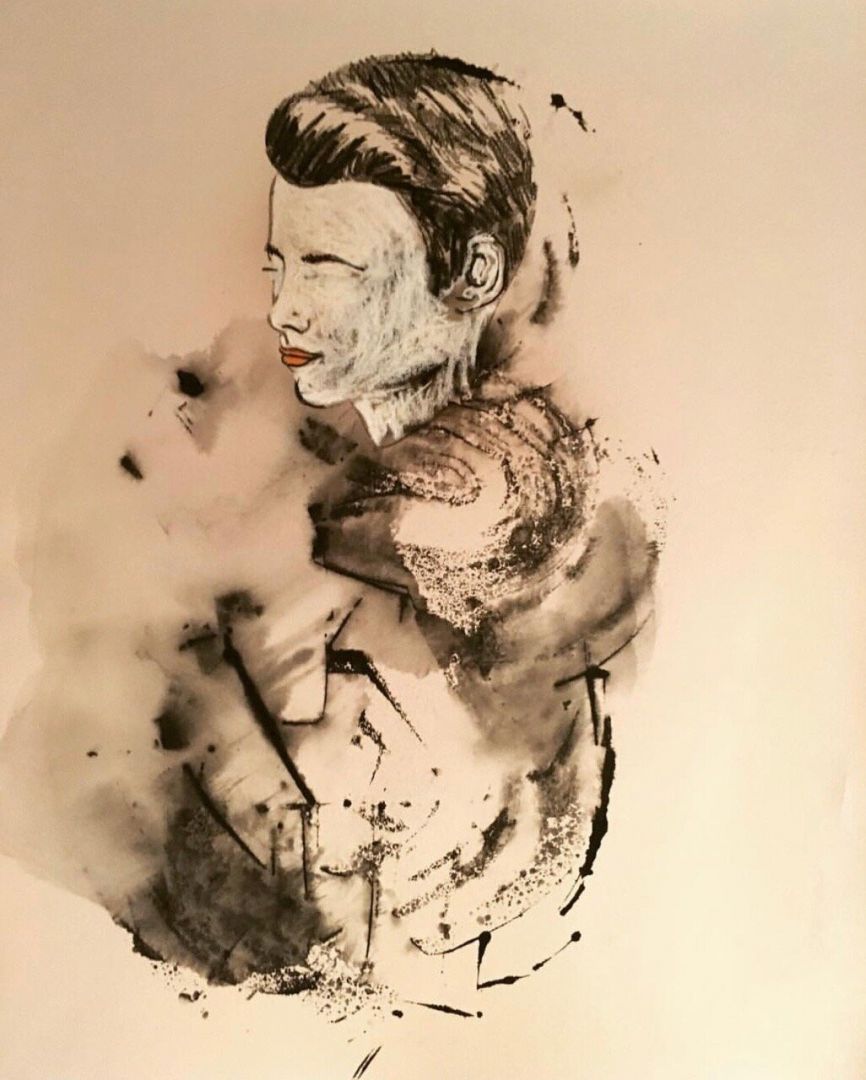
The Shoutout series is all about recognizing that our success and where we are in life is at least somewhat thanks to the efforts, support, mentorship, love and encouragement of others. So is there someone that you want to dedicate your shoutout to?
My shoutout goes out to the 25-35 year old art patrons/ collectors. While I am thankful for the galleries, museums and institutions that have supported my career, it is the young professionals who are the life blood of my contemporary art community. Representation and support doesn’t need to come from those in positions of power. It comes those who invest in their own art education within their modest means and strive to challenge art market values. Preservation and historical context is great but there’s always room for more than what we’ve been told. Printmaking has always been about a “word of mouth” mentality and it is young art collectors that have by far given me the resolve to see myself in an art historical timeline.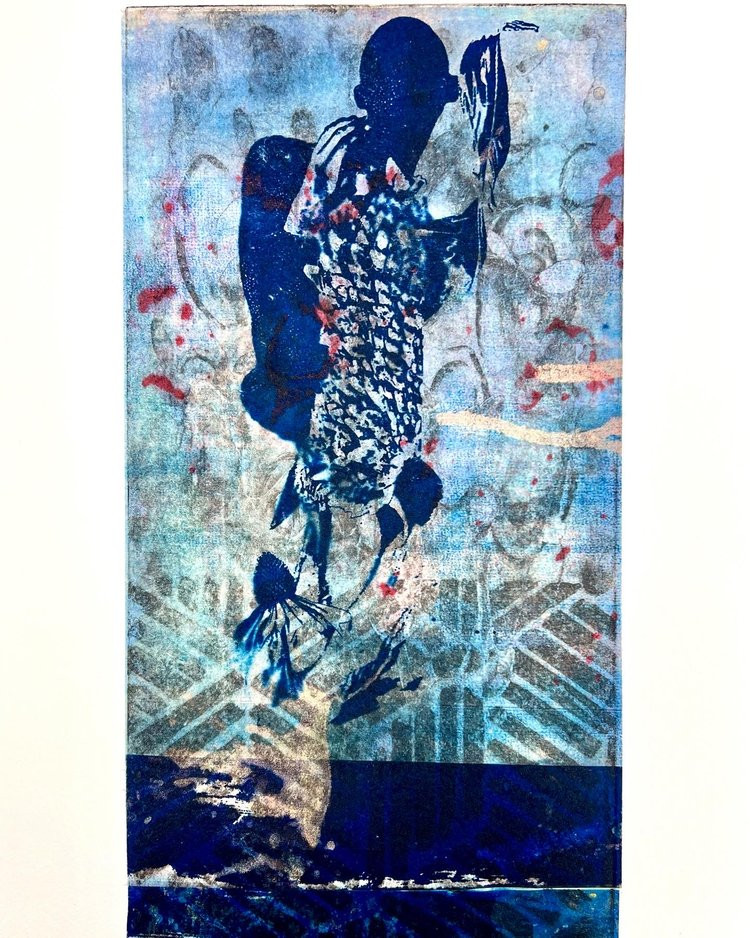
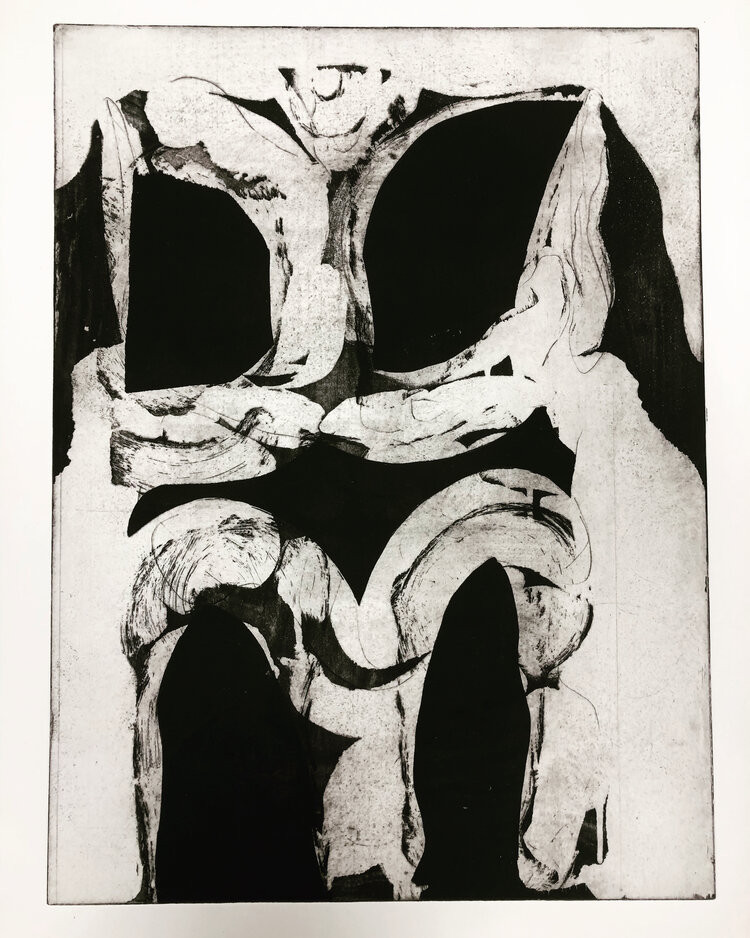
Website: https://kelwincoleman.com
Instagram: https://www.instagram.com/kelwincolemanstudio/
